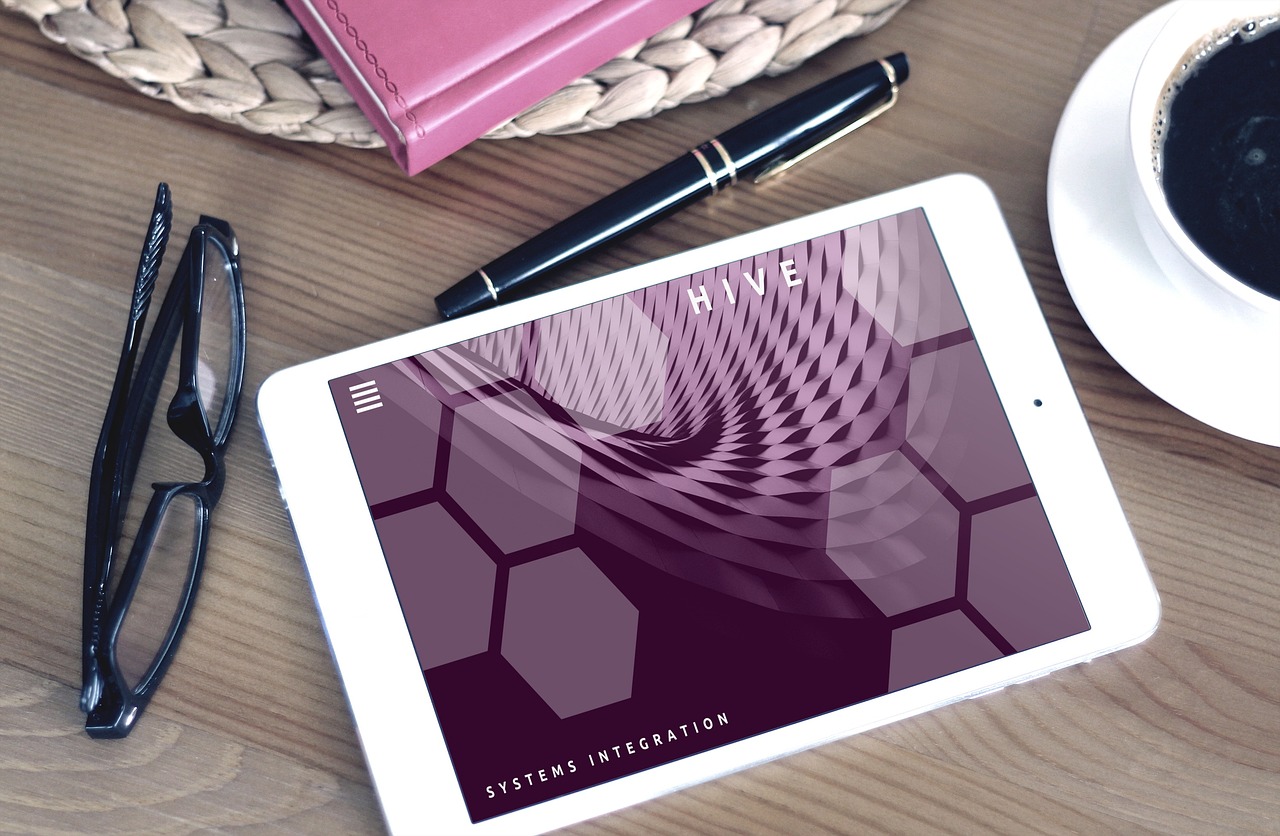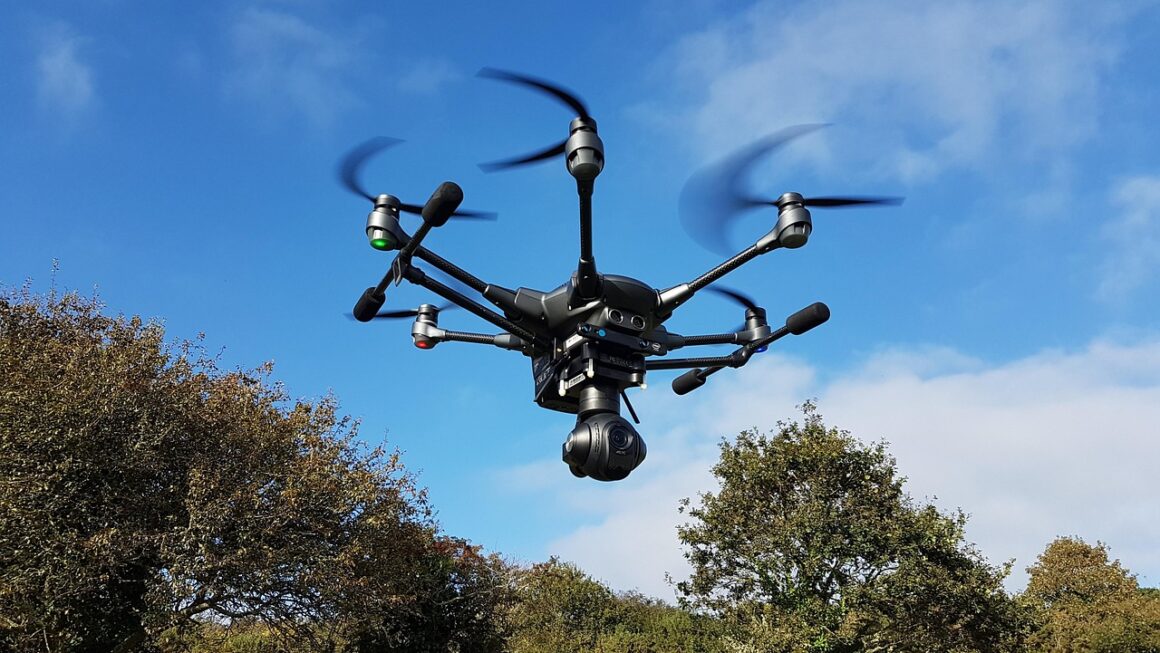AI video editing tools are rapidly transforming the way we create and share video content. From simple social media clips to professional film productions, artificial intelligence is automating tedious tasks, enhancing creative possibilities, and making video editing more accessible than ever before. This article delves into the world of AI-powered video editing, exploring its capabilities, benefits, and future trends.
Understanding AI in Video Editing
What is AI Video Editing?
AI video editing involves using artificial intelligence algorithms to automate and streamline various aspects of the video creation process. These tools leverage machine learning to analyze video footage, identify patterns, and perform tasks that would traditionally require significant manual effort. These tasks can range from basic editing functions to complex creative enhancements.
Key Benefits of Using AI Video Editing Tools
Employing AI in video editing offers a multitude of advantages:
- Increased Efficiency: AI automates repetitive tasks like cutting, trimming, and color correction, freeing up editors to focus on more creative aspects.
- Enhanced Accuracy: AI algorithms can precisely identify and correct errors, ensuring high-quality output.
- Improved Accessibility: AI-powered tools often have user-friendly interfaces, making video editing accessible to beginners and non-professionals.
- Cost Reduction: Automation reduces the need for extensive manual labor, leading to cost savings.
- Creative Enhancement: AI can suggest creative edits, add special effects, and even generate music, expanding creative possibilities.
Examples of AI-Powered Editing Tasks
Here are some concrete examples of tasks that AI can perform in video editing:
- Scene Detection: Automatically identifies and segments different scenes within a video.
- Object Tracking: Tracks specific objects or people within a video, allowing for targeted edits and effects.
- Automatic Subtitling: Generates subtitles and captions automatically from the video’s audio.
- Noise Reduction: Reduces background noise and improves audio clarity.
- Style Transfer: Applies a specific visual style to a video, mimicking the look of a particular film or artist.
Popular AI Video Editing Software
Descript
Descript is a powerful audio and video editing tool that uses AI to transcribe video and audio, allowing users to edit by manipulating text. Its key features include:
- Transcription-Based Editing: Edit video by editing the text transcript.
- Filler Word Removal: Automatically removes filler words like “um” and “ah”.
- Multitrack Editing: Supports editing multiple audio and video tracks.
- AI-Powered Overdub: Allows you to correct or add words to your video by typing them.
Practical Example: Imagine you have a podcast recording with several “um” and “ah” sounds. Descript can automatically remove these, making your podcast sound more professional without tedious manual editing.
RunwayML
RunwayML offers a suite of AI tools for creative tasks, including video editing. It’s known for its accessibility and ease of use, especially for users without extensive coding knowledge. Key features include:
- Object Tracking: Track objects in your video with ease, and apply effects to only the tracked object.
- Background Removal: Quickly remove and replace backgrounds without a green screen.
- Style Transfer: Apply different art styles to your videos instantly.
- Motion Tracking: Follow motion in your videos accurately.
Practical Example: You want to create a video where the background changes to different landscapes as the subject walks through a scene. RunwayML’s background removal feature would simplify this process considerably.
Pictory AI
Pictory AI specializes in turning long-form content, like blog posts and articles, into engaging videos for social media. It automatically extracts key points and creates visually appealing video clips. Key features include:
- AI-Powered Storyboarding: Creates storyboards from text automatically.
- Automatic Visual Selection: Chooses relevant stock footage and images based on the content.
- Text-to-Speech: Converts text into natural-sounding voiceovers.
- Branding Options: Easily add logos and branding elements to your videos.
Practical Example: You have a blog post you want to promote on social media. Pictory AI can automatically generate a short video summarizing the key points, complete with relevant visuals and voiceover.
Adobe Premiere Pro with Sensei AI
Adobe Premiere Pro, the industry-standard video editing software, integrates with Adobe Sensei, its AI platform, to provide advanced features like:
- Scene Edit Detection: Automatically identifies cuts in a video, allowing you to quickly jump between scenes.
- Auto Reframe: Automatically reframes videos for different aspect ratios, optimizing them for various social media platforms.
- Color Match: Matches the color grading between different clips, ensuring a consistent look.
- Speech to Text: Generates text transcripts from audio, simplifying captioning and subtitle creation.
Practical Example: You have a video shot in 16:9 format but want to share it on Instagram. Auto Reframe will automatically reframe the video to a vertical aspect ratio, keeping the most important content within the frame.
The Impact of AI on the Video Editing Workflow
Automating Tedious Tasks
AI significantly reduces the amount of time spent on repetitive and time-consuming tasks, such as:
- Color Correction: AI algorithms can automatically adjust color and lighting to create a visually appealing look.
- Audio Synchronization: AI can automatically synchronize audio and video tracks, saving hours of manual work.
- Video Stabilization: AI can stabilize shaky footage, resulting in smoother and more professional-looking videos.
By automating these tasks, AI allows video editors to focus on more creative and strategic aspects of their work, such as storytelling and visual design.
Enhancing Creative Possibilities
AI is not just about automation; it also opens up new creative avenues for video editors. For instance:
- Style Transfer: Experiment with different visual styles by applying AI-powered style transfer techniques.
- AI-Generated Music: Create custom music soundtracks using AI music generators.
- Visual Effects: Use AI-powered visual effects to add unique and compelling elements to your videos.
These tools enable editors to push the boundaries of creativity and create videos that are both visually stunning and emotionally engaging.
Improving Collaboration and Efficiency
AI can also facilitate collaboration among video editors by:
- Automated Project Management: AI-powered tools can help manage video editing projects, track progress, and assign tasks.
- Cloud-Based Collaboration: Cloud-based AI video editing platforms enable editors to collaborate on projects from anywhere in the world.
- Real-Time Feedback: AI can provide real-time feedback on edits, ensuring consistency and quality.
This leads to more efficient workflows and better overall project outcomes.
The Future of AI in Video Editing
More Sophisticated AI Algorithms
As AI technology continues to advance, we can expect to see even more sophisticated algorithms that can perform complex tasks with greater accuracy and efficiency. This includes:
- Predictive Editing: AI algorithms that can predict the editor’s next move and suggest relevant edits.
- Emotion Recognition: AI that can analyze the emotional content of videos and suggest edits that enhance the emotional impact.
- Content-Aware Editing: AI that can understand the content of a video and suggest edits that are appropriate for the target audience.
Integration with Emerging Technologies
AI video editing is likely to become increasingly integrated with other emerging technologies, such as:
- Virtual Reality (VR): AI-powered tools for editing and enhancing VR video content.
- Augmented Reality (AR): AI tools for creating interactive AR video experiences.
- Metaverse: AI video editing applications that support creating content for virtual worlds.
Democratization of Video Editing
AI is making video editing more accessible to a wider audience by:
- Simplified User Interfaces: AI-powered tools often have user-friendly interfaces that are easy to learn and use.
- Automated Workflows: AI automates many of the technical aspects of video editing, allowing users to focus on the creative aspects.
- Affordable Pricing: Many AI video editing tools are available at affordable prices, making them accessible to individuals and small businesses.
Conclusion
AI video editing tools are revolutionizing the video creation process, offering unprecedented efficiency, enhanced creative possibilities, and improved accessibility. By automating tedious tasks and providing powerful new features, AI is empowering video editors to create high-quality content more quickly and easily than ever before. As AI technology continues to evolve, we can expect to see even more innovative applications that transform the way we create and consume video content. Whether you’re a seasoned professional or a beginner, exploring AI-powered video editing tools can unlock new levels of creativity and productivity in your video editing workflow.




